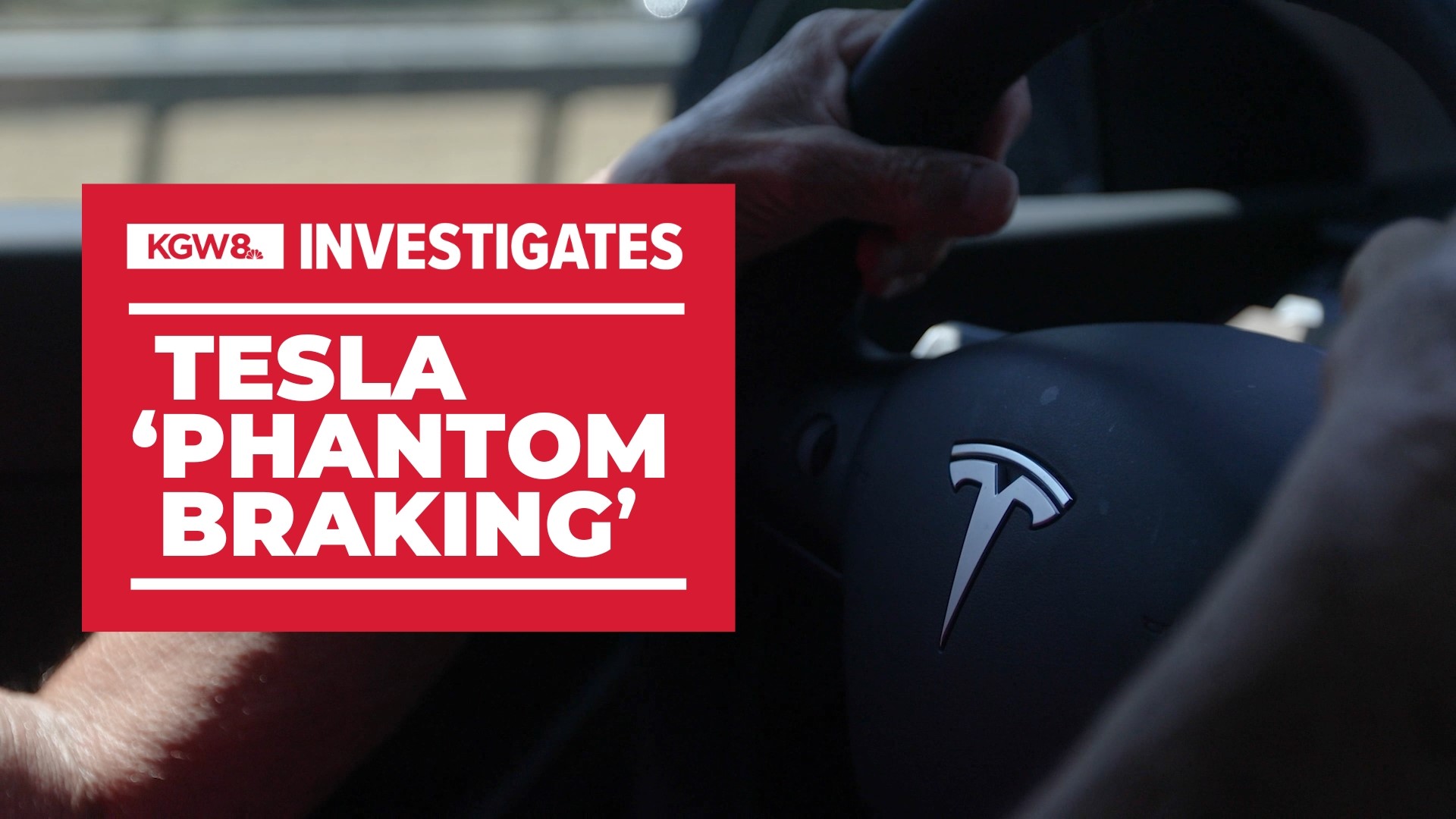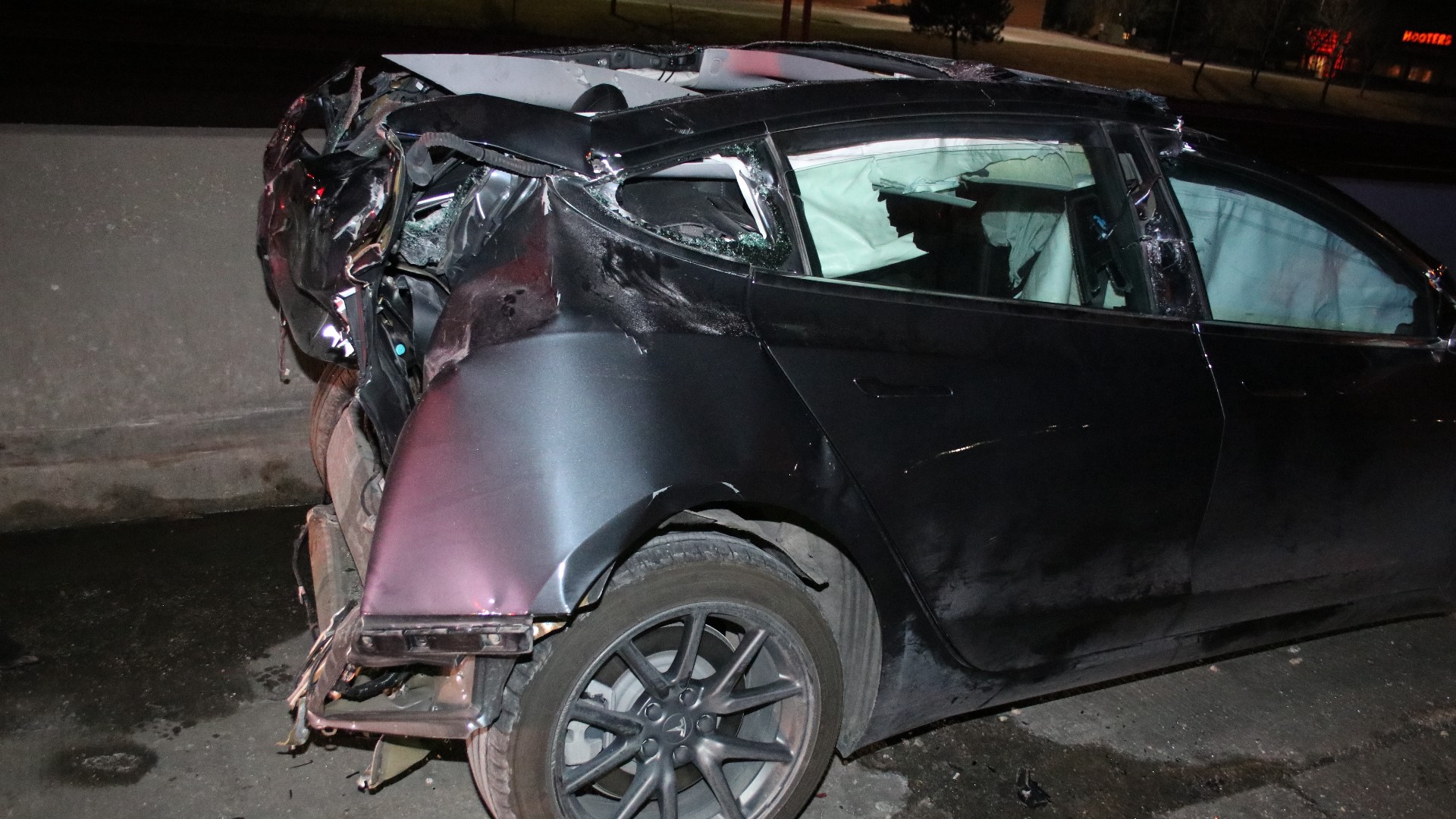PORTLAND, Ore. — Heading east on Interstate 84, Kathy Kopacek saw nothing but open road. She’d set the cruise control at 70 miles per hour as her Tesla Model Y breezed along the Oregon highway toward Idaho. Just past the Dalles, the vehicle suddenly slammed the brakes without any input from her. Kopacek said the braking was so forceful and unexpected, it caused her seat belt to lock.
“I thought I’d done something wrong,” she said. “What did I do?”
The Tualatin woman thought the incident was a fluke until the same thing happened a few hours later near Spokane. Again, her Tesla unexpectedly slammed the brakes at highway speeds. This time, she was surrounded by other vehicles.
“I was driving 70 or 72 miles per hour, and it stopped fast. Everybody around me was swerving and screeching,” Kopacek said. “I could have been killed. It was terrifying.”

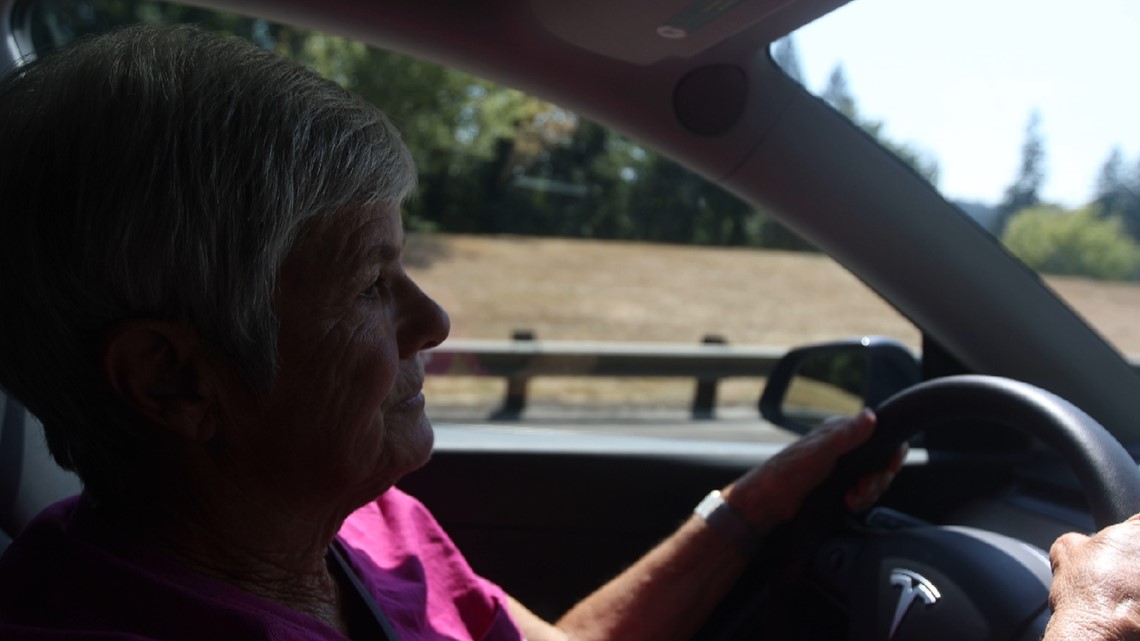
The phenomenon, known as "phantom braking," has been documented in videos shared online by Tesla owners. Their vehicles suddenly slam the brakes, often on open roadways, dropping in speed in response to imagined hazards.
Over the past two months, KGW analyzed thousands of federal auto safety complaints, interviewed more than 50 Tesla owners and even tested a vehicle during a 750-mile road trip. Our investigation found incidents of unexpected or "phantom" braking are more widespread than previously reported.
Many drivers aren’t aware of the risk because Tesla, along with federal auto safety regulators, haven’t done much to warn them about it.
“It was frightening,” said Steve Sonnichsen. The Lake Oswego man feared he might trigger a chain reaction when his Tesla Model Y suddenly braked on Oregon Highway 20 near Sheridan.
“You didn’t know who was behind you or what was going to happen,” he said.
Tesla owners report these phantom braking incidents are typically triggered by false positives, when something erroneously sets off the car’s safety features.
“It would be like if I saw something in the road and I stopped as fast as I could,” said Sonnichsen.

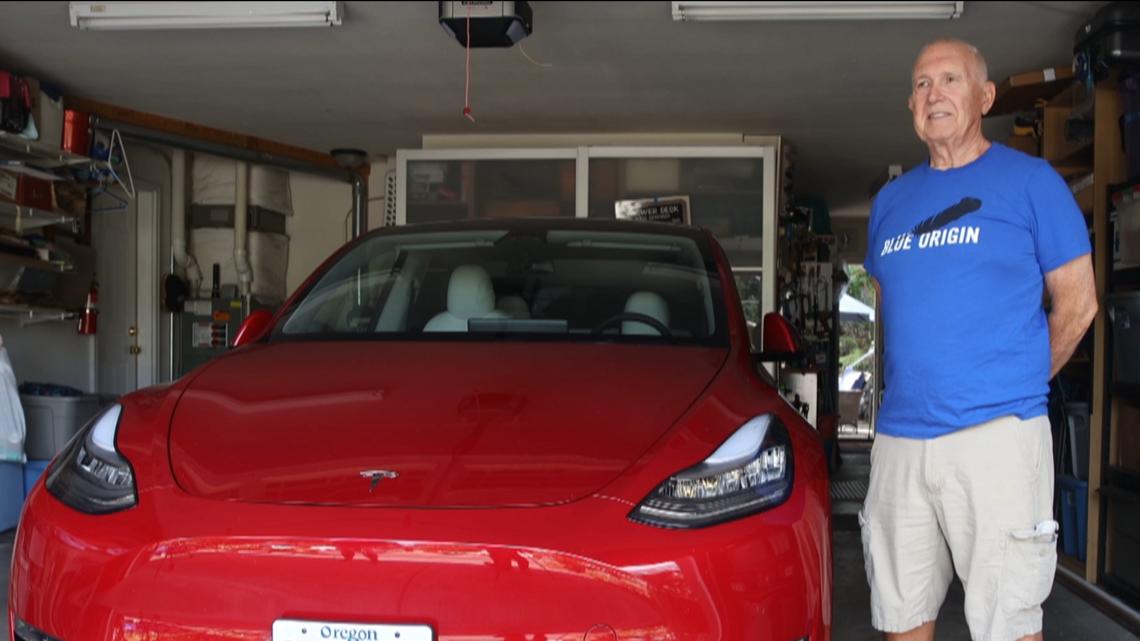
Tesla drivers report phantom braking often occurred while using Tesla’s Autopilot driver assistance system, which includes "Traffic-Aware Cruise Control." Like traditional cruise control, it maintains a set speed — but it can also speed up or slow down as needed to keep a safe distance from the vehicle in front.
The unexpected braking forces drivers to quickly respond — and decide if the hazard is real or imagined.
"All of a sudden, the car will slam on the brakes like you are about to hit a brick wall, which is terrifying," explained Tesla owner Deanie Whittemore. "You have a split-second decision, ‘Is this a phantom braking event or is this something I should be concerned about?'"
Whittemore of Hillsboro said she’s experienced phantom braking as many as 20 times over the past three years — typically on long road trips while using Autopilot.
“We worry about it,” said Whittemore. “If we don’t react quick enough and there’s someone behind us at highway speeds, we could get rear-ended.”

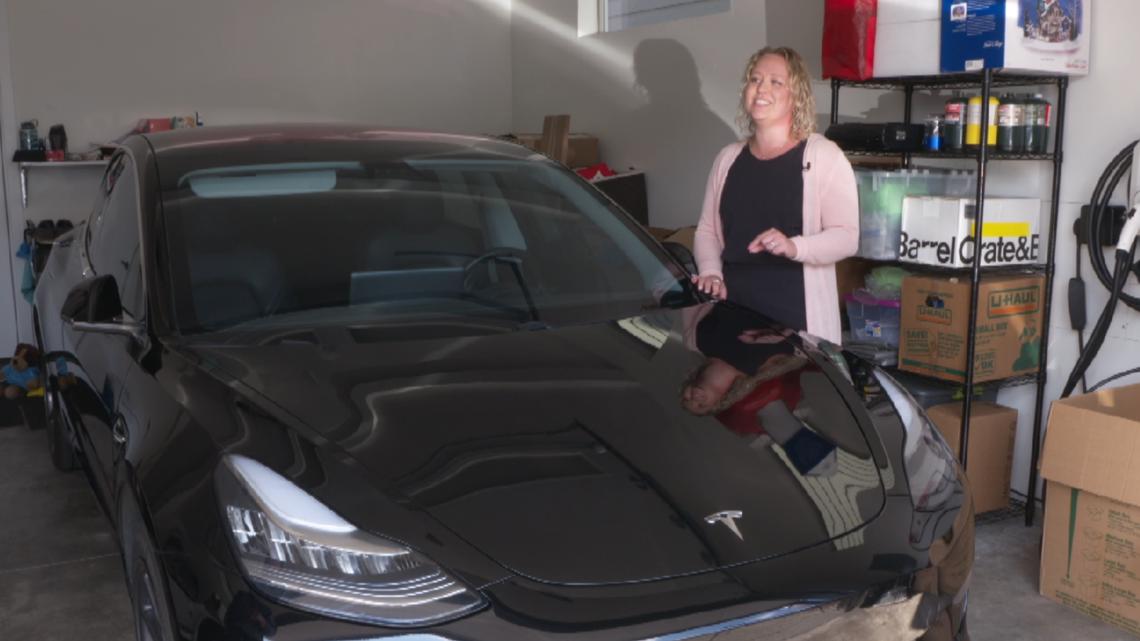
There have been documented cases where phantom braking caused crashes.
In one case, a Tesla Model S suddenly braked in traffic triggering an eight-vehicle pile-up in San Francisco. The November 2022 crash left nine people injured, including a two-year-old child.
In February 2022, a 74-year-old man died after being rear-ended on Interstate 70 in Independence, Missouri. Police reports obtained by KGW showed his Tesla Model 3 unexpectedly slowed from 61 to 12 miles per hour in the middle of a busy interstate.
Phantom braking has been a persistent issue for Tesla vehicles. In February 2022, the National Highway Traffic Safety Administration launched an investigation into “Unexpected Brake Activation” in 2021 and 2022 Model 3 and Model Y vehicles. At the time, NHTSA had received 354 complaints about the issue. Three months later, the number of complaints about phantom braking had jumped to 758.
KGW’s analysis of more recent data found the number of complaints to NHTSA has significantly grown. Through September, there were an additional 815 reports of unexpected braking in those same years and models of Tesla vehicles.
KGW also found an additional 272 complaints about the more recent 2023 Tesla models — bringing the total number of complaints about phantom braking in Model 3 and Model Y vehicles to 1,845.
In short, the problem is more widespread than previously reported, and based on recent complaints, it hasn’t been fixed.
Test drive
To better understand this technology and what may be triggering phantom braking, KGW rented a 2022 Tesla Model 3. We drove from Portland to the Idaho border — roughly 750 miles round-trip. We stayed on Interstate 84 and tried to use the Traffic-Aware Cruise Control feature in Tesla's Autopilot system as much as possible when it was safe to do so.
The vehicle worked fine during hours of driving over two days. Then near the end of our test, something happened.
The car suddenly jolted us briefly while on the interstate. The Tesla dropped in speed by roughly 20 miles per hour. There was nothing in front of us and nothing on either side of us. The vehicle just braked. Luckily, there were no cars following close behind. We were able to quickly accelerate and get the vehicle back up to speed.

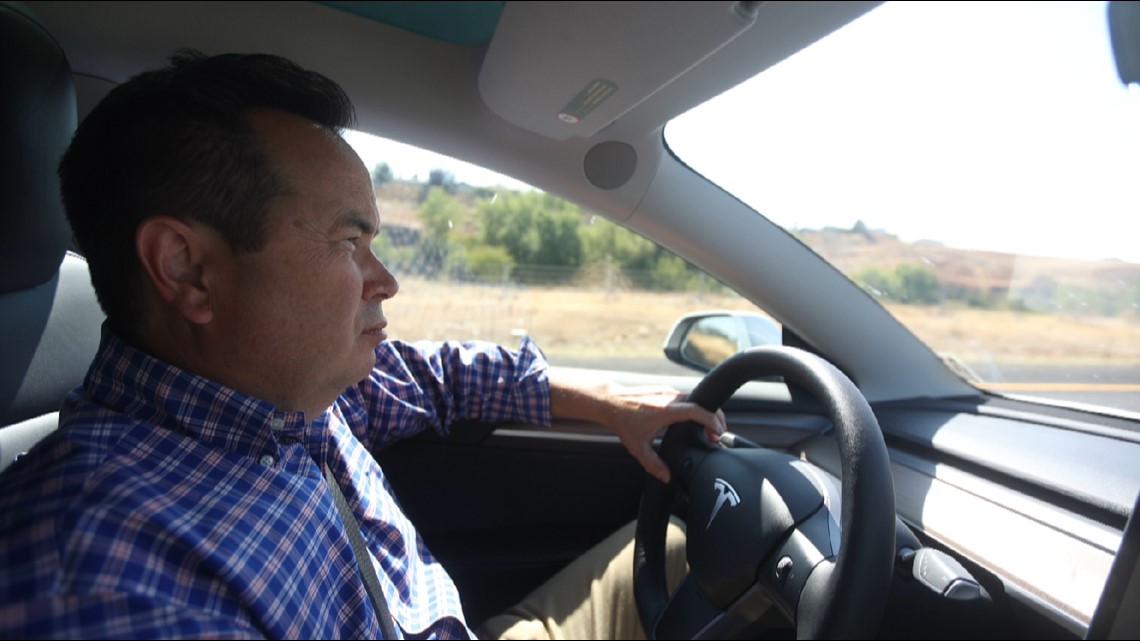
Tesla, which shut down its public relations department in 2020, didn’t respond to three separate emails from KGW. The company has not explained what may be causing phantom braking. The only warning we could find about unexpected braking was on page 120 of Tesla’s 297-page owner’s manual.
“Traffic-Aware Cruise Control may react to vehicles or objects that either do not exist, or are not in your lane of travel, causing Model 3 to slow down unnecessarily or inappropriately,” the manual said.
In 2021, Tesla stopped using radar sensors in its vehicles, shifting instead to what the company calls "Tesla Vision." Tesla vehicles have eight surround-view cameras, which the automaker says provide 360-degree visibility and up to 250 meters of range. The cameras help detect objects around the car.
“It will pick up objects, and the computer has to make calculations on what it thinks is true or not and unfortunately, some of the phantom braking will occur due to object detection. It doesn’t know what it is,” explained Tesla enthusiast Austin Ferguson of Battle Ground, Washington.
A lot of Tesla owners, including Ferguson, think environmental factors like shadows, low sun angles or weather could impact the cameras, triggering a false positive.
“It’s trying to figure out if that tower or that brick or that garbage can is a moving object or a non-moving object. And then it has to make a decision whether it wants to brake or slow down for that object,” Ferguson explained.
Ferguson said Tesla is constantly tweaking with over-the-air software updates, which means bugs can be fixed wirelessly.
“As we start evolving further on this, things should get better over time,” said Ferguson.

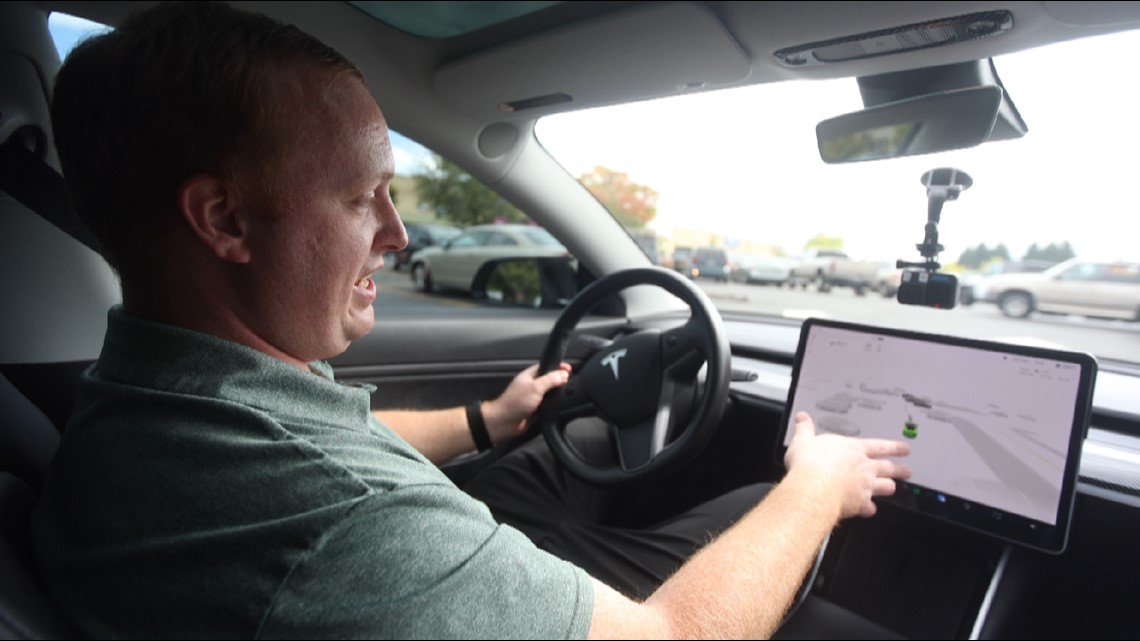
In the meantime, some Tesla owners feel the company should warn consumers.
“Tesla should be informing people that this is happening,” said Tesla owner Sonnichsen.
"It would be nice if there was a, ‘hey, heads up. This can happen. We’re working on it,'" added Tesla owner Whittemore.
Missy Cummings, a former NHTSA senior safety advisor and professor at George Mason University, thinks automakers and the government need to raise awareness about phantom braking — warning not only drivers, but anyone following behind.
“A two-second following distance is not enough for a car that has artificial intelligence in it. You need to give that car in front of you at least four seconds, maybe more,” Cummings explained.
NHTSA declined to comment on its investigation into Tesla and complaints about unexpected braking. The automaker has some of the country’s top selling vehicles, with more and more Tesla’s hitting the road every day.
None of the Tesla owners KGW spoke with stopped driving their Tesla after phantom braking incidents. Instead, they’re just adjusting their driving habits, waiting for a fix — and hoping it doesn’t happen again.
“Now, I’m always aware,” said Kopacek, while driving her Tesla Model Y. “Is it going to happen with my grandchildren in the car?”
Have you experienced unexpected or ‘phantom braking’ in a Tesla? We’d like to hear from you. To share your experience, please fill out this brief survey.

